Carbon Monoxide vs Carbon Dioxide: Differences, Uses, & FAQ
-
Pete Ortiz
- Last updated:
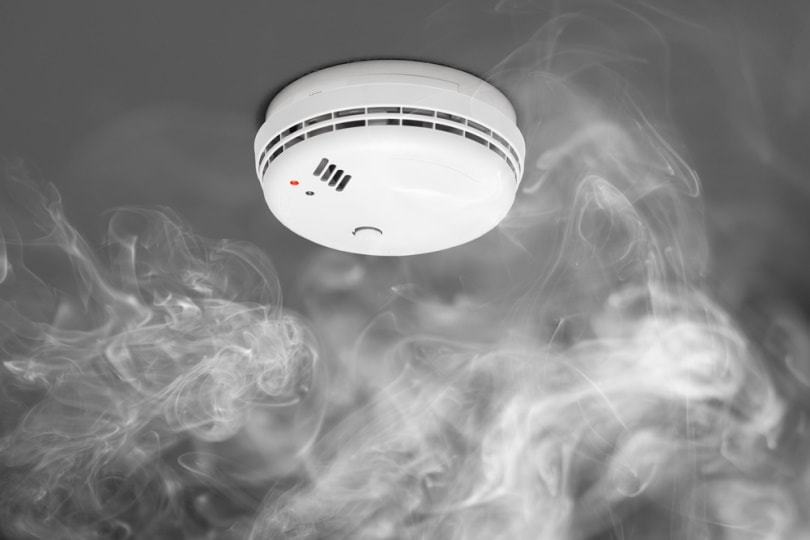
Carbon monoxide (CO) and dioxide (CO2) have a lot in common. First, they are both invisible and tasteless. Second, the chemical structure is quite similar. However, while monoxide is the combination of two atoms (1 oxygen + 1 carbon), dioxide is a richer compound (2 oxygen atoms mixed with 1 carbon atom). That makes CO2 less harmful to humans and pets. On top of that, it’s not flammable and easier to work with.
In contrast, carbon monoxide ignites easily and can kill someone in less than five minutes by pushing air out of their lungs. That’s not it for the differences, though! There’s a lot more to know about both CO and CO2, including common uses, origin, pros, cons, and more. So, let’s talk about it all in more detail!
 Carbon Monoxide
Carbon Monoxide
Known as one of the most lethal chemicals known to man, carbon monoxide is lighter than air and “sits” on top of it in the atmosphere. We can’t see, taste, or smell it, which makes it literally untraceable. The only way to monitor it is by using advanced alarm systems. Most newly-built homes in the US come with pre-installed detectors that warn homeowners of dangerously high levels of CO. Exactly how dangerous is it? What is this gas used for? Read on to find out!
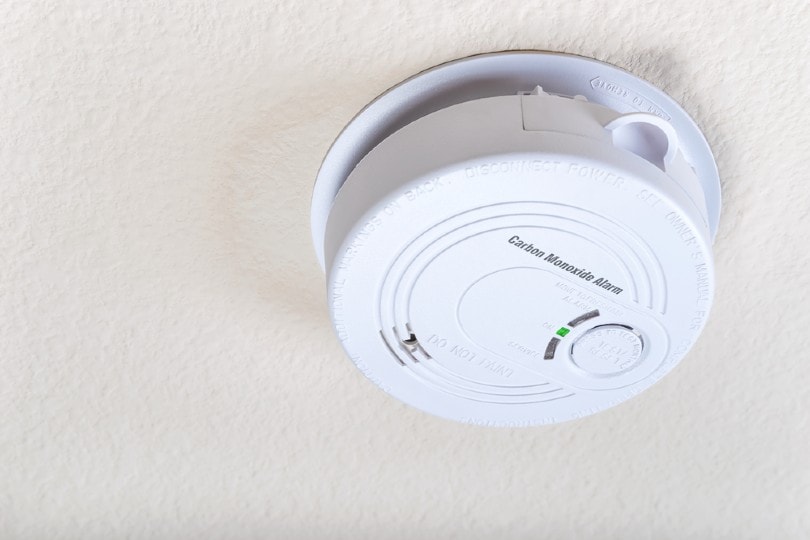
What Is Carbon Monoxide? Breaking It Down
If we look at it through the lens of a chemist, carbon monoxide isn’t at all complicated. It consists of two atoms (carbon and oxygen, hence the name). Man-made equipment and (very rarely) wildfires: that’s how it’s produced. CO is the byproduct of incomplete fuel combustion. For example, if you leak the furnace or the ICE (Internal Combustion Engine) in your car is malfunctioning, expect CO levels to spike.
A quick note: even if your engine and heating system operate like clockwork, there will still be traces of carbon monoxide in the fumes. When fuel, coal, or wood is burned, you get toxic fumes. Thankfully, the air ventilation systems take care of the poison and make it dissipate. That’s why it’s so important to keep your appliances in check and make sure there are no clogs, signs of wear, cracks, or leaks.
Common Uses for Carbon Monoxide
Even though CO is a hazardous gas, it has many industrial uses. Carbon monoxide helps form pure metals and produces hydrogen, methanol, and formic acid. It’s a highly reliable source of energy and is often used as a reducing agent. CO is cheap, easy to generate, and, when operated in an isolated facility that meets strict safety requirements, it can be contained and put to good use. For example, certain lasers that cut glass can’t be made without carbon monoxide.
The same is true for many chemical products like pesticides for the garden. Also, a recent Columbia University study has shown that carbon monoxide can help free up blocked blood vessels. The study is still raw and isn’t backed by many labs or experts. With that said, there’s a huge potential in helping people recover from heart attacks and strokes. Finally, CO is often used to treat patients with various respiratory conditions.
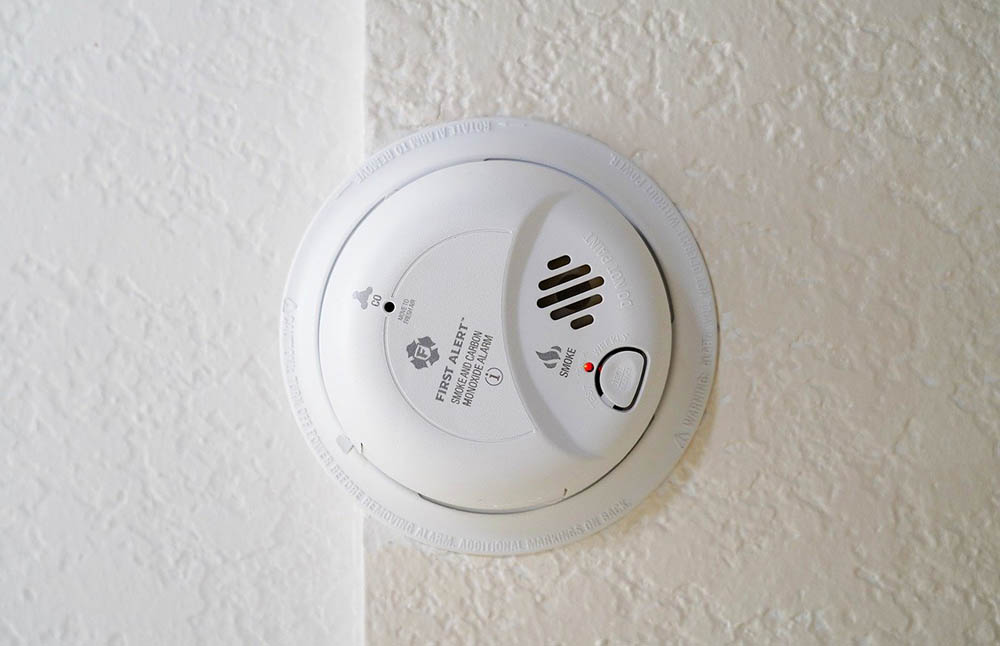
How Dangerous Is It?
Carbon monoxide is an extremely lethal chemical. What makes it even more dangerous is the fact that we all have appliances, equipment, and tools that burn fuel and can (in case of a leak/malfunction) release CO into the atmosphere. As mentioned, you can’t see, touch, taste, or smell it, but when carbon monoxide levels reach a critical level, death is almost imminent. According to the CDC, CO takes over 400 human lives each year by poisoning the red blood cells.
On average, 20,000 people in the US have to visit the emergency room after being exposed to it; 4,000 patients are then hospitalized. The worst thing about this gas—it takes very little time to displace the O2 (oxygen) in the lungs and take its place. That’s why prolonged exposure to it often leads to irreversible damage to the brain. This can happen even when half of the doors and windows in the house are open. Once this poison starts to accumulate, your only option is to leave the room and get fresh air.
- Used in the formation of pure metals
- A vital element in hydrogen production
- Serves as a reducing agent
- Helps unblock blood vessels
- Extremely dangerous to humans
- Impossible to notice without detectors
 Carbon Dioxide
Carbon Dioxide
The first thing to know about CO2 is that in contrast to CO, it’s heavier than air. There’s a common misconception that it’s a very light gas and that’s why people often install gas detectors high up on the walls (or even mount them on the ceiling). However, while that is the way to do it with carbon monoxide, CO2 detectors will be pretty much useless up there. Instead, you should put them really low, close to the floor. CO2 is often used in construction and gardening. Here’s a closer look at it.
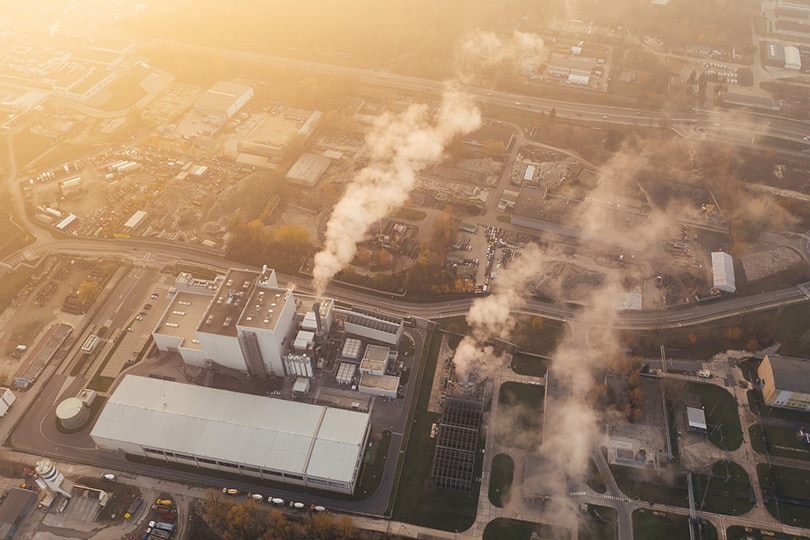
What Is Carbon Dioxide? Breaking It Down
The chemical structure of carbon dioxide is CO2 and it’s mostly produced by us—humans. When we breathe in pure oxygen, it travels through the blood cells and “feeds” every single organ in our bodies. The same is true for animals, by the way. Now, when we exhale, our lungs release CO2. It is consumed by flora: all the trees, bushes, and even grass. In return, they generate the oxygen that fauna (humans and animals) can’t function without. CO2 is also the byproduct of fermentation.
It is a highly flexible compound and can have a solid, liquid, or gas form. And one more thing: since CO2 is produced in our bodies, we can easily handle small levels of it. That’s partially why this chemical isn’t nearly as harmful as carbon monoxide. Burning oil, natural gas, or coal also generates high levels of CO2, though, but that only happens during complete combustion in a chemical reaction.
Common Uses for Carbon Dioxide
Carbon dioxide is widely used for inflating emergency gear like life jackets and rafts. And, it’s an important “ingredient” in fire extinguishers. Did you know that there won’t be any plastic or rubber produced without CO2? That’s right: it’s at the very core of many man-made products that we often use in our daily lives. Gardeners also highly appreciate this chemical as it helps cultivate and speed up the growth of plants in less-than-ideal conditions.
Finally, it’s used by farmers to immobilize both domesticated and wild animals before killing or slaughtering them. Yes, there are quite a few industries and areas where CO2 has been in heavy use for many decades, if not centuries. The best thing about it is that this gas is cheap, easy to produce, and inert. In addition, it’s non-flammable.
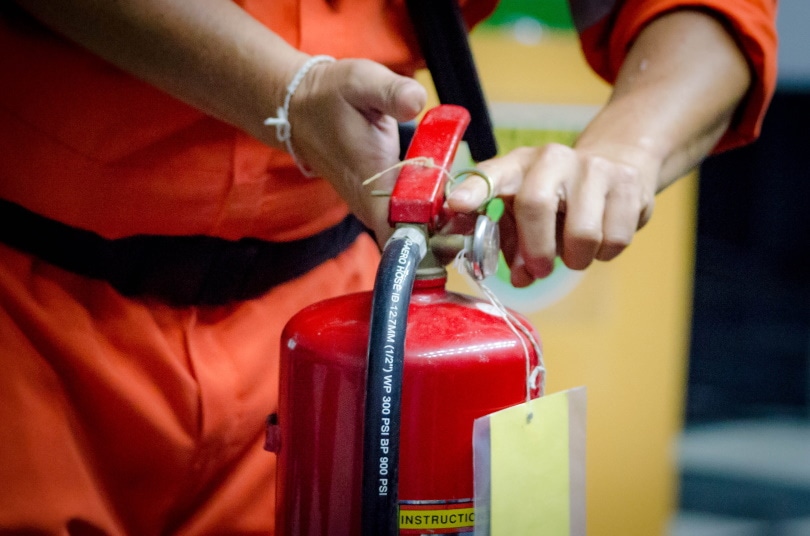
How Dangerous Is It?
It is not nearly as dangerous as carbon monoxide. When exposed to it, you will feel dizzy, nauseous, and have a nasty headache. The more severe side effects include sweating, elevated blood pressure, and pain in the chest (or difficulty breathing), along with hallucinations. In a more severe scenario—when the concentration reaches 40K–100K ppm—exposure to CO2 leads to a coma, loss of consciousness, and even death. Essentially, the body shuts down and might never wake up.
Yes, carbon dioxide can, indeed, be harmful and even lethal. But still, it’s not as big of a hazard as carbon monoxide. Besides, while it’s not visible or tangible, this gas does have a very slight odor that “signals” its presence. On a different note, carbon dioxide affects the temperature of our planet (or, rather, its atmosphere), making it warmer. The more CO2 is produced by facilities around the globe, the faster global warming will turn into a big challenge.
- Non-flammable; relatively safe
- Cheap and easy to work with
- Large industrial application
- Feeds trees and plants
- Negatively affects the climate
- Harmful when in high volumes
What Do Carbon Monoxide and Carbon Dioxide Have in Common?
Odorless and tasteless, both carbon monoxide and dioxide are hazardous to humans and pets. Exposure to abnormally high levels of these gasses leads to severe health problems and can kill an adult. And while CO is more dangerous, most of the side effects are very similar. We’re talking about headaches, dizziness, weakness, and chest pain. If you have an upset stomach or want to vomit, that’s an indicator that the CO/CO2 levels in your body are spiking.
Next, these chemicals are equally harmful to domestic and wild animals. Both carbon monoxide and dioxide emissions are the byproducts of the combustion of fuels and oils. However, while CO2 is also the waste product of animal and human bodies, the same can’t be said about carbon monoxide. Lastly, neither of these gasses hurt trees, plants, or flowers (although many plants do thicken their leaves when exposed to high levels of CO2).
How Can You Protect Yourself From CO and CO2?
The most effective remedy against these gasses is to install a set of detectors (at least one on each floor). This is important: while there’s no shortage of combined systems on the market that detect both carbon monoxide and dioxide, they’re not always very accurate. CO always rises to the top of the room, while CO2 is heavier than air and CO, which is why it’s mostly concentrated near the floor.
That’s why for the best protection, it’s recommended to buy separate CO and CO2 detectors and install/mount them accordingly. Next, inspecting every single appliance that deals with heat or burning oil/gas should be a big part of your maintenance routine. This will take some time, of course, but checking on all the pipes and tubes can protect you from a disaster. Having an HVAC specialist over once in 6–12 months is also mandatory.
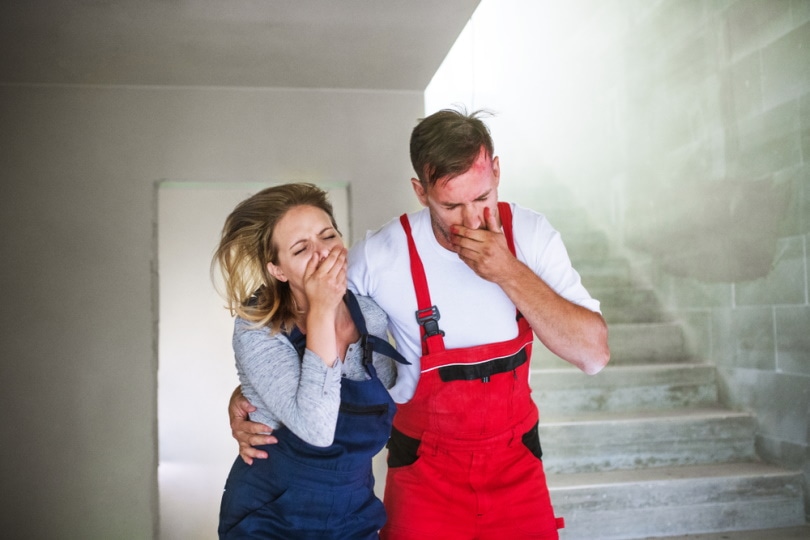
Which Chemical Compound is Better?
There are no 100% right or wrong answers here. It all comes down to what business you’re in. Carbon monoxide is a big source of energy and is used in cutting glass, making garden products, and even producing metals. Carbon dioxide, in turn, is a go-to choice for making rubber and foam and is widely used in agriculture and by emergency services. The takeaway here is that both CO and CO2 are in large demand, but CO is a lot more dangerous.
- Treating medical conditions
- Producing pure metals and hydrogen
- Serves as an energy source + reducing agent
- Cutting glass and making pesticides
- Inflating emergency service jackets/rafts
- Refrigerants and fire extinguishers
- Making foam and rubber products
- Cultivating plant growth and killing animals
 Conclusion
Conclusion
Even if chemistry wasn’t your favorite subject in school, it’s still very important to know about the differences between carbon monoxide and carbon dioxide. As we learned today, CO and CO2 are just as similar as they are different. Both gasses are lethal, but if you have the right equipment (detectors + an alarm system), it shouldn’t be hard to keep their levels in check.
In any case, carbon dioxide is not as dangerous as carbon monoxide, even though it can kill you. CO2 is commonly used in industrial facilities and medicine. CO, in turn, has proven to be effective against cancer and respiratory conditions and is widely used in the production of pure metals, hydrogen, and chemical products, which makes it equally valuable.
- CDC – CO Poisoning Frequently Asked Questions
- Department Of Health – Carbon Monoxide (CO) Poisoning in Your Home
- Columbia University – Carbon Monoxide Has Unexpected Benefits
- High CO2 levels cause plants to thicken their leaves
- VeryWellHealth – What Is Carbon Monoxide?
- Carbon dioxide – OSH Answers Fact Sheets
- Carbon dioxide levels are at a record high
- IlmoProducts – Carbon Dioxide
- National Library of Medicine – Carbon dioxide poisoning
- Britannica – carbon monoxide chemical compound
- Britannica – carbon dioxide chemical compound
- Carbon Monoxide vs. Carbon Dioxide
- Carbon Monoxide vs. Carbon Dioxide: Let’s Compare
Featured Image Credit: nikkytok, Shutterstock
Contents

 Carbon Monoxide
Carbon Monoxide Carbon Dioxide
Carbon Dioxide